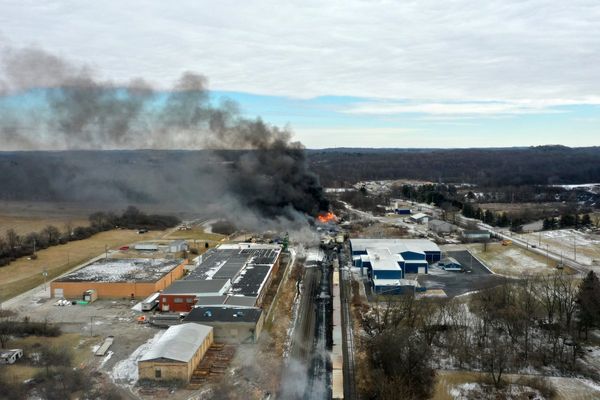
In October, Melbourne resident Zahra saw an email many Australians have been dreading.
The rent was going up. The one-bedroom community housing apartment where she lives with her mother would now cost the pair $442 more a year, stretching their tight budget even further.
Commonwealth Rent Assistance will help, but as the worst cost-of-living crisis in a generation ravages lower income families, government support systems aren’t keeping pace.
“It’s making it hard to keep up,” Zahra told The New Daily. “When inflation is this bad and prices are going up so high, even living in subsidised housing it’s still very, very difficult.”
Real Estate Institute of Australia (REIA) figures published on Saturday have shed new light on the grim reality facing Zahra and around 1.4 million other households getting rent help under the $5 billion federal scheme.
The analysis reveals that in the two decades to 2022, rent assistance has failed to keep up with prices, shrinking from 24.4 per cent of costs to just 16.9 per cent for a family with two children.
The program is indexed to headline inflation twice a year, but rents are going up much faster, soaring 20.9 per cent in Melbourne in the year ended October, according to research firm SQM.
Making matters worse, rental vacancies are sitting at near record lows in capital cities, meaning residents like Zahra are failing to find cheaper housing, despite searching for months on end.
“We just want a decent place to live with two bedrooms and a bathtub – that’s basically our only criteria,” she said. “Our income isn’t high enough, that’s why we keep getting knocked back.”
Failing to keep up
The Minister for Social Services Amanda Rishworth was quick to publicise inflation indexation back in September for recipients of rent assistance and other income support schemes like JobSeeker.
It was billed as the biggest lift in the social safety net in 30 years, reflecting sky high inflation.
But those increases belie the real pressures facing families relying on such government support, because the costs of essentials are rising even faster than the headline inflation indexation rate.
Annual non-discretionary inflation hit 8.4 per cent over the September quarter, according to ABS data, more than the 7.6 per cent rise for discretionary goods. It left behind headline CPI at 7.3 per cent.
This means the cost of must-haves like food, housing and energy are outstripping more meagre increases in government support payments, which were already criticised as far too low.
Although it might be tempting for governments to merely increase rent assistance, Australian Housing and Urban Research Institute managing director Michael Fotheringham warns higher payments to households could backfire by stoking even higher rental prices from landlords.
Instead, he advocates for making rent assistance more efficient by determining eligibility based on rental affordability, not merely the income levels of those who qualify for current assistance.
This would deliver a more targeted program that would send improved government help where it’s needed, without merely adding to market rents and leaving many households no better off.
“You wouldn’t have the raising rents across the country because everyone has more money issues,” he said. “You would actually get the households who need it the help they need.”
Government pushes housing supply
Mr Fotheringam said such reforms wouldn’t be enough to solve Australia’s acute housing crisis though, which is the worst it has been since soldiers returned home after World War II.
“Rental markets across the whole country are incredibly tight, with high rent levels,” he said.
“The rental system, nationally, is in crisis.”
Since being elected in May, the Albanese government has opted against increasing support payments above inflation and is instead pursuing an agenda to build affordable housing.
In a statement to TND, Ms Risworth highlighted this focus, pointing to an agreement with super funds and states in the budget to target 1 million new homes in the four years from 2024-25.
“The Government understands rental affordability is a problem for many households and we are taking action through our comprehensive housing agenda,” the minister said.
“We have been upfront with the Australian people about the massive deficit and the one trillion dollars of debt we inherited from the former Coalition government.”







